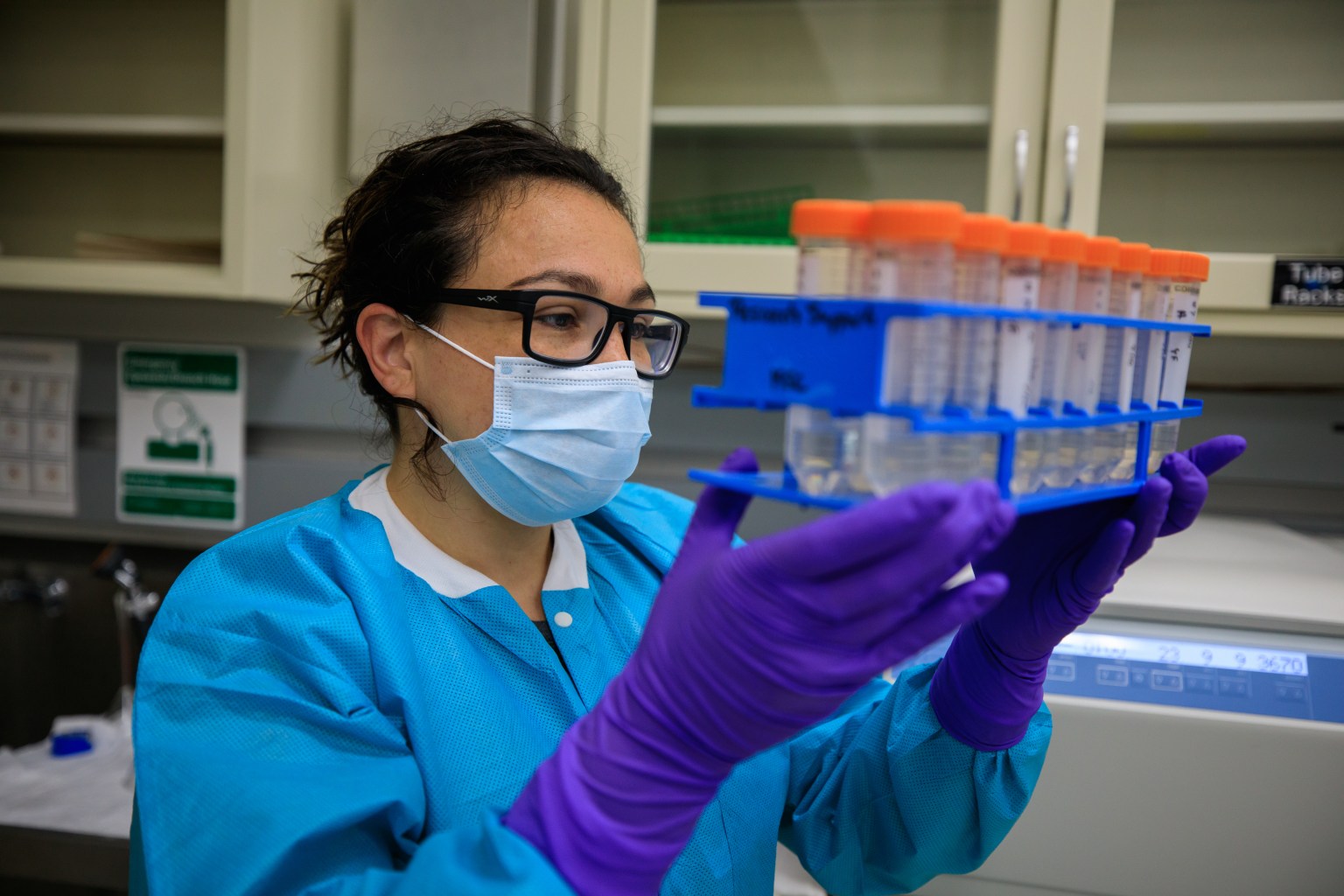NASA Implementation Strategy for In Space Production Applications
NASA’s In Space Production Applications (InSPA) implementation strategy consists of a multi-phase award process to demonstrate proof-of-concept, advance to high production quality, and ultimately to achieve scalability on a commercial low Earth orbit (LEO) destination or platform. InSPA seeks to identify awardees who propose promising manufacturing efforts in microgravity that will invigorate markets on Earth. […]

NASA’s In Space Production Applications (InSPA) implementation strategy consists of a multi-phase award process to demonstrate proof-of-concept, advance to high production quality, and ultimately to achieve scalability on a commercial low Earth orbit (LEO) destination or platform. InSPA seeks to identify awardees who propose promising manufacturing efforts in microgravity that will invigorate markets on Earth. These InSPA awards help the selected companies raise the technological readiness level of their products and move them to market, propelling U.S. industry toward the development of a sustainable, scalable, and profitable non-NASA demand for services and products manufactured in the microgravity environment of LEO for use on Earth.
NASA Award Process
On an annual and ongoing basis, NASA releases two calls for white papers by U.S. entities through Special Focus Area #1 (In Space Production Applications) of the NASA Research Announcement (NRA) NNJ13ZBG001N, “Research Opportunities for International Space Station Utilization.” Those entities with the highest rated white papers are then invited to submit a full proposal. After the proposal evaluation period, NASA makes selections, and awardees sign a Firm Fixed Price contract with NASA to develop and demonstrate their concept on the ISS National Laboratory. NRA white paper and proposal submissions are required at each phase of the lifecycle.
Access to ISS National Laboratory
Awardees are provided access to the ISS National Laboratory and all necessary on-orbit resources: upmass, downmass, U.S. Operating Segment (USOS) crew time, data transmission, and power, including flight manifesting and increment operations planning, at no cost. Payloads are subject to review and approval by the Center for the Advancement of Science in Space (CASIS), the operator of the ISS National Laboratory.
Award Phases
NASA has identified three InSPA phases (reference Figure 1) to characterize technology maturation from early concept studies through financially self-sustaining LEO production technologies.

InSPA Phase 1
Enable early proof-of-concept studies and/or basic flight hardware development and test through multiple demonstrations on parabolic, sub-orbital, and orbital missions on the ISS to achieve TRL of 6 and MRL of 3. Proposals should identify the improvements sought and describe the number and type of demonstration tests appropriate to achieve exit criteria for the Phase. The goals of Phase 1 (i.e., exit criteria) are:
- To demonstrate hardware performance and validate the scientific basis for the technology benefit in a LEO space environment.
- To establish a minimum level of production control to repeatedly produce the intended product to a quality or performance level comparable to Earth-based controls or state of the art.
- To refine the business case with preliminary revenue forecasts based on actual microgravity demonstrations and gain support from potential partners or investors to capture a moderate level of non-NASA investment for Phase 2.
InSPA Phase 2
Enable design maturation and advanced flight hardware development with additional demonstrations on ISS to achieve a TRL of 8 and MRL of 7. NASA has an expectation of some degree of cost-sharing in this phase (reference Cost Sharing guideline in section 1.2.3 of the NRA). The goals of Phase 2 (i.e., exit criteria) are:
- To demonstrate full control of hardware, environments, and processes to meet specific performance standards for the application. These standards are often set by the customer and should be to a level of performance or quality within the application setting that is significantly better than possible on Earth.
- To refine the business case to a level that successfully captures significant investor commitment for Phase 3.
InSPA Phase 3
Enable scaled flight hardware production on ISS or an alternative commercial LEO destination/platform to demonstrate commercial operations and end-to-end logistics model producing sufficient quantities to achieve a TRL of 9 and MRL of 9 and to close the business case. NASA expects a significant degree of cost-sharing by industry for a Phase 3 award (reference Cost Sharing guideline in Section 1.2.3 of the NRA). The goals of Phase 3 are:
- Demonstrate scaling to commercial quantities and quality to support market demand, including supply chain and regulatory approvals.
- To establish formal agreements with U.S. LEO transportation and destination partners for transition to commercial operations.
- Begin transition to commercial platform(s) and achieve sustainable revenues.

Reference
What's Your Reaction?













































